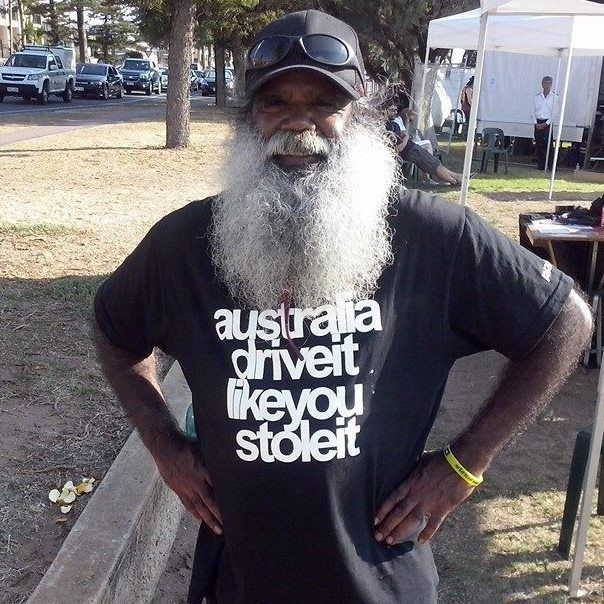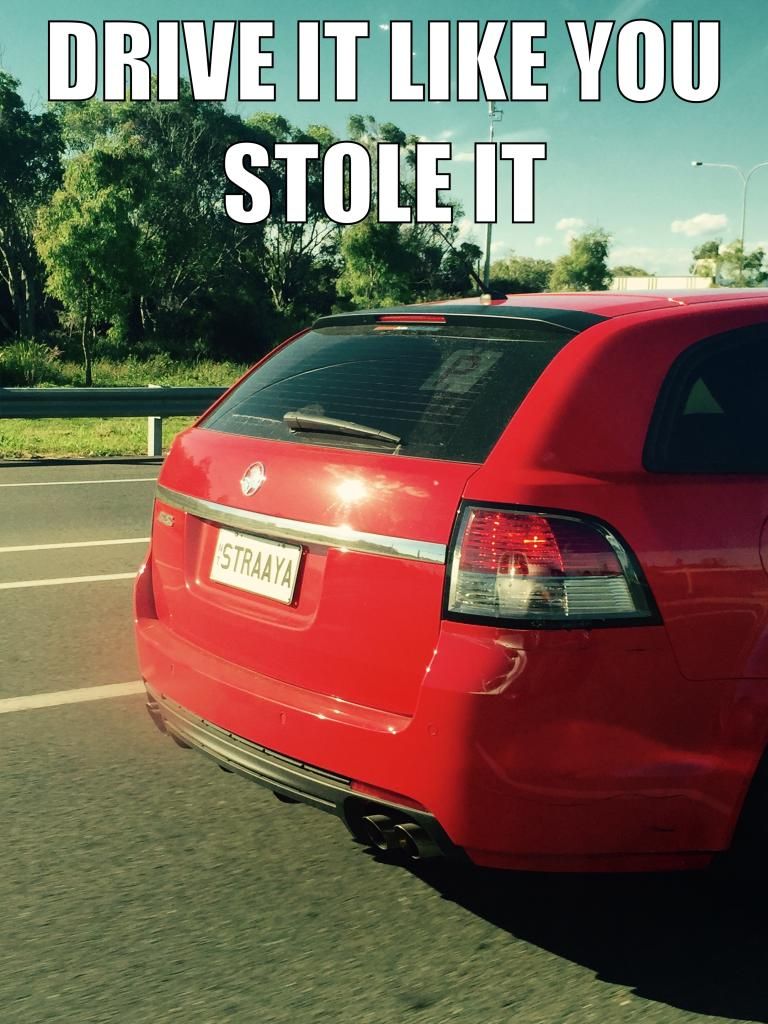PIR4TE
Banned
- Joined
- Mar 15, 2011
- Messages
- 2,747
- Reaction score
- 74
- Points
- 0
- Location
- AWOL with Ari
- Members Ride
- Black Pearl
Clever on so many levels:


Welcome to Just Commodores, a site specifically designed for all people who share the same passion as yourself.

Clever on so many levels:


Fact - Aboriginals are imports as well. Not the original human inhabitants of Australia. Pot calling the Kettle Black much ?
Lake Mungo remains - Wikipedia, the free encyclopedia
The Lake Mungo remains are three prominent sets of bodies: Lake Mungo 1 (also called Mungo Lady, LM1, and ANU-618), Lake Mungo 3 (also called Mungo Man, Lake Mungo III, and LM3), and Lake Mungo 2 (LM2). Lake Mungo is in New South Wales, Australia, specifically the World Heritage listed Willandra Lakes Region.[1][2]
LM1 was discovered in 1969 and is one of the world's oldest known cremations.[1][3] LM3, discovered in 1974, was an early human inhabitant of the continent of Australia, who is believed to have lived between 40,000 and 68,000 years ago, during the Pleistocene epoch. The remains are the oldest anatomically modern human remains found in Australia to date. His exact age is a matter of ongoing dispute.
Comparison of the mitochondrial DNA with that of ancient and modern Aborigines has indicated that Mungo Man is not related to Australian Aborigines. The results indicated that Mungo Man was an extinct subspecies that diverged before the most recent common ancestor of contemporary humans. These results, if correct, may support the multiregional origin of modern humans hypothesis.
These claims are both scientifically and politically controversial and have been met with a general lack of acceptance in scientific communities, the sequence is criticized as there has been no independent testing and some of these differences may be due to posthumous modification and thermal degradation of the DNA.[23][24][25][26][11] Authentication tests need to be performed before the results can be accepted but further testing is unlikely as the indigenous custodians, the Paakantji, the Mathi Mathi, and the Ngiyampaa, are not expected to allow further invasive investigations.[27]
[21][22]
Whats really amusing / astounding / absolutely typical is that the current 'owners of the land' wont allow more research. Reeks of political interference to me. Why would important Archeoligical evidence be locked in a Vault, and investigation blocked by 3TTG ?
The bones were unconditionally repatriated in 1992 to the traditional owners, an alliance called the Three Traditional Tribal Groups (3TTG), consisting of the Paakantji, the Mathi Mathi, and the Ngiyampaa. LM1 had become a symbol of the long Aboriginal occupation in Australia, and an important icon for both archaeologists and indigenous Australians. LM1 is now in a locked vault at the Mungo National Park exhibition center. The vault has a double lock and can only be opened if two keys are used. One key is controlled by archaeologists, the other by the local indigenous peoples.
In 1988, the skeleton of a child believed to be contemporary with Mungo man was discovered. Investigation of the remains was blocked by the 3TTG with the remains subsequently protected but remaining in-situ.[28] An adult skeleton was exposed by erosion in 2005 but by late 2006 had been completely destroyed by wind and rain. This loss resulted in the indigenous custodians receiving a government grant of $735,000 to survey and improve the conservation of skeletons, hearths and middens that were eroding from the dunes. Conservation is in-situ and no research is permitted.[29]
